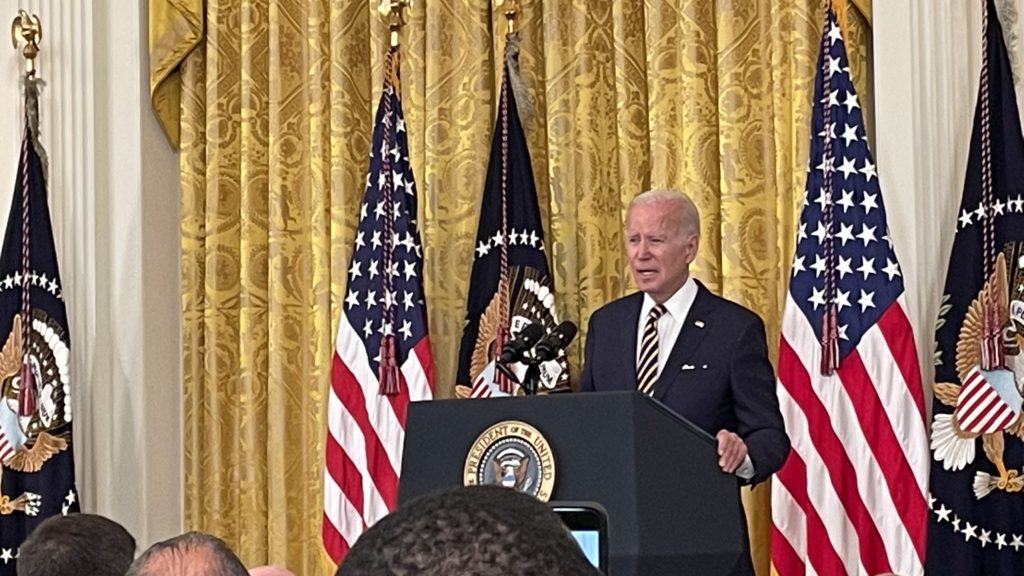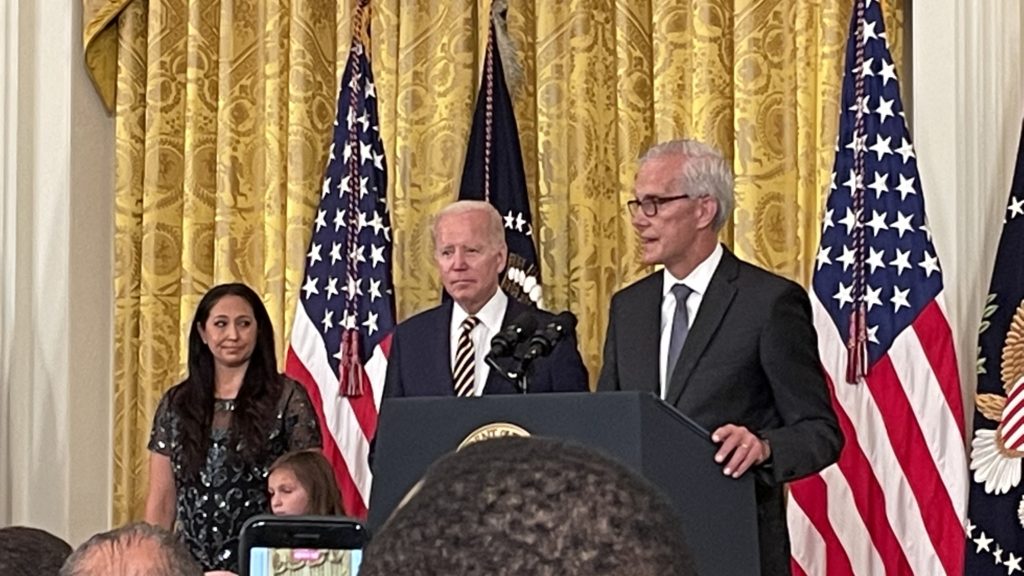Where and How Toxic Exposed Veterans Can Access Benefits
August 11, 2022The following is an opinion submitted by staff member Derek Doyle and not necessarily the views of MFAN.
The pact act is law! now what?
President Biden signed the Sergeant First Class Heath Robinson Honoring Our Promise to Address Comprehensive Toxics, or PACT Act, into law at a White House event on August 10, 2022.
The bill is historic to say the least. It drastically expands health care benefits to the estimated 3.5 million veterans who were exposed to toxins during their military service, mainly throughout two wars — Iraq and Afghanistan — and is the largest single bill to comprehensively address exposure to burn pits.
This monumental achievement for our nation’s veterans did not come without headache and heart break. The first related advocacy organization, Burn Pits 360, was founded in 2009 in honor of Army Captain Le Roy Torres, who served in the U.S. Army for 23 years. CPT Torres suffered complications from illnesses that began after he was exposed to toxic fumes during service in post-9/11 Iraq.
The bill was ultimately named after SFC Heath Robinson, who died of lung cancer imposed by burn pits during his service in Kosovo and Iraq. His widow, Danielle Robinson, and surviving daughter, Brielle, attended the signing. Danielle iterated that her husband did not die in vain. She knew that this law wouldn’t bring back her husband or her daughter’s father, but she found comfort in knowing that military families after them would not have to endure the same pain and helplessness they did.
Veterans Can Now File Claims for 23 Illnesses
The PACT Act expands VA health care and benefits for veterans exposed to burn pits and other toxic substances. This law helps the Department of Veterans Affairs provide generations of veterans — and their survivors — with the care and benefits they’ve earned and deserve.
The PACT Act will bring these changes to VA benefits and care:
- Expands and extends eligibility for VA health care for veterans with toxic exposures and veterans of the Vietnam, Gulf War, and post-9/11 eras
- Adds more than 20 new presumptive conditions for burn pits and other toxic exposures
- Adds more presumptive-exposure locations for Agent Orange and radiation
- Requires VA to provide a toxic exposure screening to every veteran enrolled in VA health care
- Helps VA improve research, staff education, and treatment related to toxic exposures
Facts first
Per the White House, the PACT Act will:
- Ensure veterans can receive high-quality health care screenings and services related to potential toxic exposures, the PACT Act expands access to VA health care services for veterans exposed during their military service. For post-9/11 combat veterans, the bill extends the period of time they have to enroll in VA health care from five to ten years post-discharge. For those combat veterans who do not fall within that window, the bill also creates a one-year open enrollment period. These expansions mean that more veterans can enroll in VA health care without having to demonstrate a service connected disability.
- Codify VA’s new process for evaluating and determining presumption of exposure and service connection for various chronic conditions when the evidence of a military environmental exposure and the associated health risks are strong in the aggregate but hard to prove on an individual basis. PACT requires VA to seek independent evaluation of this process as well as external input on the conditions it will review using this framework. The new process is evidence-based, transparent, and allows VA to make faster policy decisions on crucial exposure issues. This new process has already fundamentally changed how VA makes decisions on environmental exposures and ensures more veterans have access to the care they need.
- Remove the need for certain veterans and their survivors to prove service connection if they are diagnosed with one of 23 specific conditions. This greatly reduces the amount of paperwork and need for exams that veterans diagnosed with one of these conditions must complete before being granted access to health care and disability compensation, thereby speeding up their receipt of the benefits they have earned. This list includes 11 respiratory related conditions, along with several forms of cancer, including reproductive cancers, melanoma, pancreatic cancer, kidney cancer, and brain cancers such as glioblastoma. Survivors of veterans who died due to one of these conditions may now also be eligible for benefits.
- Better understand the impact of toxic exposures, the PACT Act requires VA to conduct new studies of veterans who served in Southwest Asia during the Gulf War and analyses of post-9/11 veterans’ health trends. The new law also directs the Secretary of Veterans Affairs to convene a new interagency working group to develop a five-year strategic plan on toxic exposure research.
- Ensure veterans get the care they need includes ensuring that they are screened for toxic exposure and that VA personnel have the appropriate education and training. The PACT Act requires that veterans enrolled in VA health care be screened regularly for toxic exposure related concerns. This new law also requires VA to establish an outreach program for veterans regarding toxic exposure related benefits and supports, and to require additional toxic exposure related education and training for VA personnel.
- Deliver critical resources to VA to ensure it can deliver timely access to services and benefits for all veterans eligible – including those already enrolled. The PACT Act provides VA with mechanisms to enhance claims processing and to increase the workforce. The bill also invests in VA health care facilities by authorizing 31 major medical health clinics and research facilities in 19 states.

(Drew Angerer/Getty Images)
one-Click Resources
Department of Veterans Affairs PACT Act Webpage
Department of Veterans Affairs PACT Act FAQs
White House PACT Act Fact Sheet
About the Author




